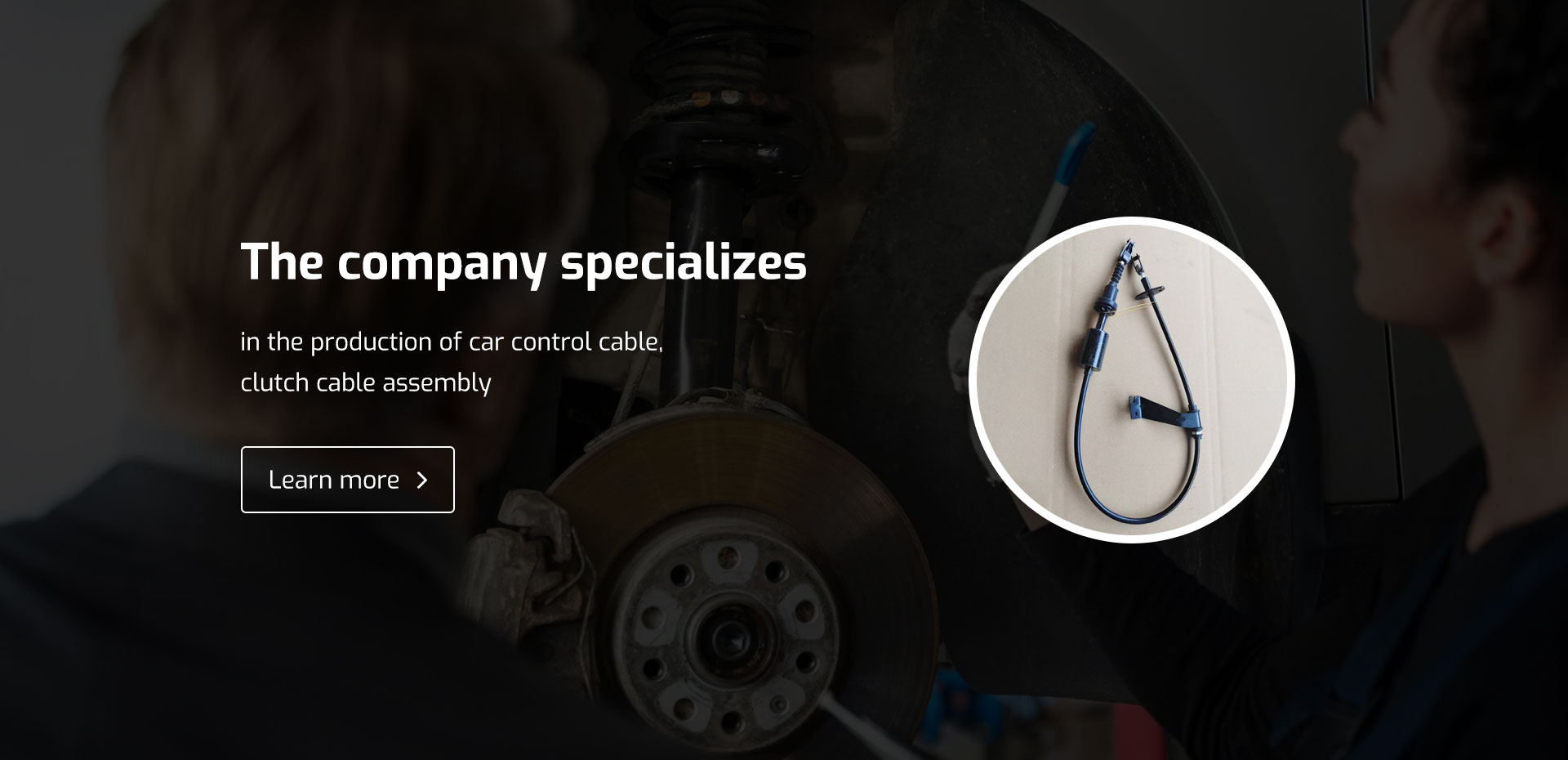Go-Kart Throttle Cable Performance Upgrade for Smooth Driving Experience
Understanding Go-Kart Cable Throttles A Key to Enhanced Racing Performance
Go-kart racing is an exhilarating sport that attracts enthusiasts of all ages, from casual racers to serious competitors. One of the critical components that significantly influence a go-kart’s performance is the throttle system. Among the various designs available, cable throttles are particularly popular for their simplicity and effectiveness. This article delves into the mechanics, benefits, and maintenance of go-kart cable throttles, highlighting their importance in achieving optimal racing performance.
What is a Go-Kart Cable Throttle?
A go-kart cable throttle operates via a wire cable system that connects the throttle pedal to the carburetor or engine throttle plate. When the driver presses the pedal, it pulls the cable, which in turn opens the throttle, allowing more air and fuel into the engine. This process controls the speed of the go-kart, enabling racers to accelerate or decelerate smoothly.
Advantages of Cable Throttles
One of the key advantages of a cable throttle system is its simplicity and reliability. Unlike electronic throttles, which can be prone to software malfunctions or electrical issues, cable systems have fewer points of failure. This mechanical simplicity makes them easy to repair and maintain, which is particularly beneficial in competitive racing environments where downtime can severely impact performance.
Additionally, cable throttles provide a direct and tactile connection between the driver and the engine. Many racers prefer this feel, as it allows for immediate feedback and response, making it easier to control acceleration precisely. This responsiveness can be crucial in competitive settings, where milliseconds can make the difference between winning and losing.
Another benefit is the cost-effectiveness of cable throttles. They are generally cheaper than their electronic counterparts, making them accessible for hobbyists and entrants in the racing scene. This affordability does not come at the cost of performance, as many commercially competitive go-karts still utilize cable throttle systems due to their reliability.
Maintenance and Care
go kart cable throttle

To ensure that your cable throttle operates at peak performance, regular maintenance is essential. Here are some tips for maintaining a go-kart cable throttle
1. Inspect the Cable Regularly check the throttle cable for any signs of wear, fraying, or damage. A damaged cable can lead to delayed response or failure to throttle, compromising safety and performance.
2. Lubrication Keeping the cable well-lubricated is crucial to ensure smooth operation. Use a suitable lubricant specifically designed for throttle cables to prevent rust and ensure flexibility.
3. Adjust Tension The tension of the throttle cable should be checked and adjusted periodically. Too much slack can lead to unresponsive acceleration, while excessive tension can cause premature wear.
4. Clean Connections Ensure that all connection points between the throttle pedal, cable, and carburetor are free from dirt and debris. Clean and secure connections help maintain an efficient throttle response.
5. Testing After any maintenance, always test the throttle in a safe environment to ensure that it operates smoothly before hitting the racetrack.
Conclusion
In conclusion, the cable throttle system plays a vital role in the performance of go-karts, offering a blend of reliability, simplicity, and precise control. Whether you are a seasoned racer or a newcomer to the sport, understanding and properly maintaining your cable throttle can enhance your racing experience. As you prepare for your next race, ensure your throttle system is in top condition this can make all the difference in achieving your personal best and enjoying the thrill of go-kart racing to the fullest.
-
Upgrade Your Control with Premium Throttle CablesNewsAug.08,2025
-
Stay in Control with Premium Hand Brake CablesNewsAug.08,2025
-
Experience Unmatched Performance with Our Clutch HosesNewsAug.08,2025
-
Ensure Safety and Reliability with Premium Handbrake CablesNewsAug.08,2025
-
Enhance Your Vehicle with High-Performance Clutch LinesNewsAug.08,2025
-
Elevate Your Ride with Premium Gear CablesNewsAug.08,2025
